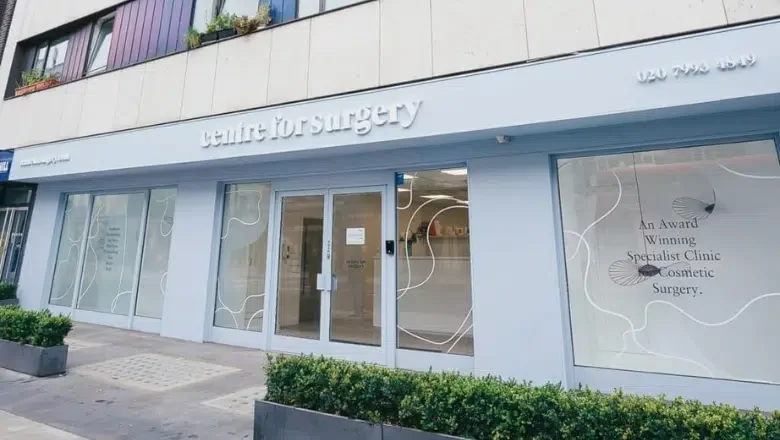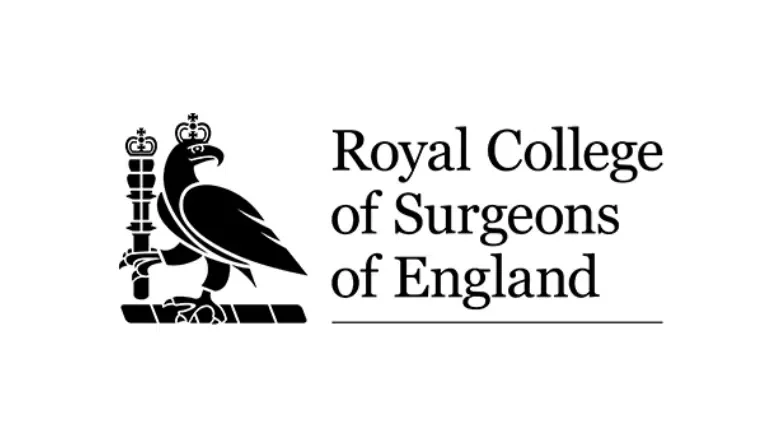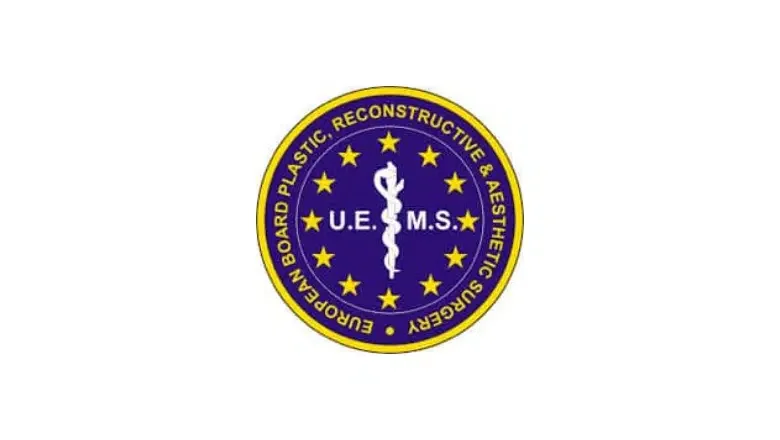It is possible to reduce the prominence of an Adam’s apple through a surgical procedure. The Adam’s apple, medically known as the laryngeal prominence, is a noticeable bulge in the throat formed by the upper portion of the thyroid cartilage. This structure is part of the larynx, or voice box, which plays a vital role in speech and breathing. The size and visibility of the Adam’s apple vary from person to person and are influenced primarily by testosterone during puberty, which causes the cartilage to grow more prominently in some individuals than in others.
Although the term “removing the Adam’s apple” is commonly used, the procedure does not involve removing the entire structure. Instead, a surgical technique known as tracheal shave surgery or chondrolaryngoplasty is performed to reduce its size. This involves carefully shaving down the excess cartilage to create a smoother and less pronounced appearance while preserving the function of the larynx and vocal cords.
During the procedure, a small incision is typically made in a natural crease of the neck to minimise visible scarring. The surgeon then carefully reduces the protruding cartilage without compromising the delicate structures responsible for voice production. The goal is to achieve a more refined, balanced contour of the neck while ensuring that speaking and breathing remain unaffected.
This surgery is commonly sought by individuals undergoing facial feminisation procedures as part of a gender transition, as well as by those who simply wish to reduce the prominence of their Adam’s apple for personal aesthetic reasons. The recovery period is generally brief, with most patients experiencing mild discomfort and swelling that subsides within a few weeks. While results are usually permanent, the final appearance may take some time to fully settle as the tissues heal.
RELATED: Is It Possible for a Woman to Have an Adam’s Apple?
Choosing a highly experienced specialist ENT surgeon for this procedure is important, as precision is key to achieving a natural-looking outcome without impacting vocal function. A thorough consultation will help determine whether this surgery is right for you, what results you can realistically expect, and any potential risks involved.










